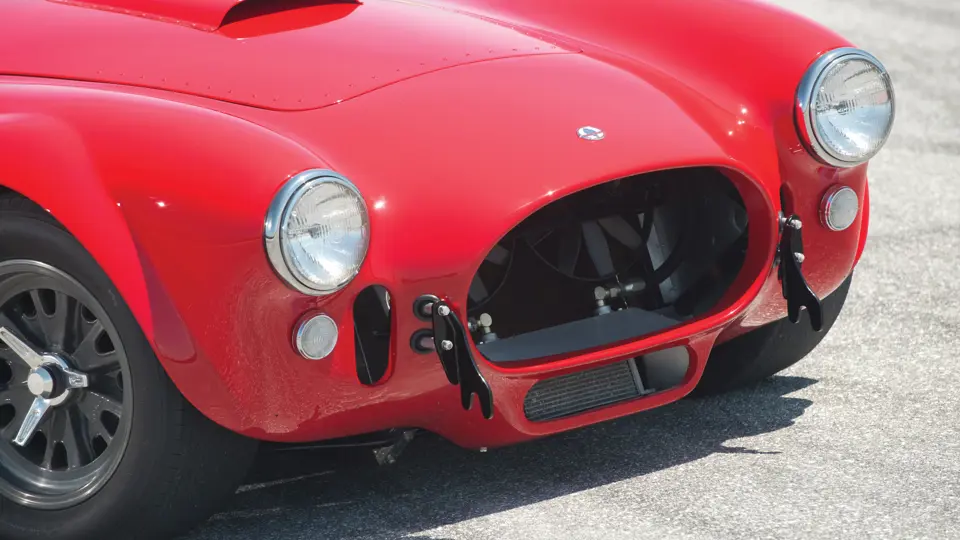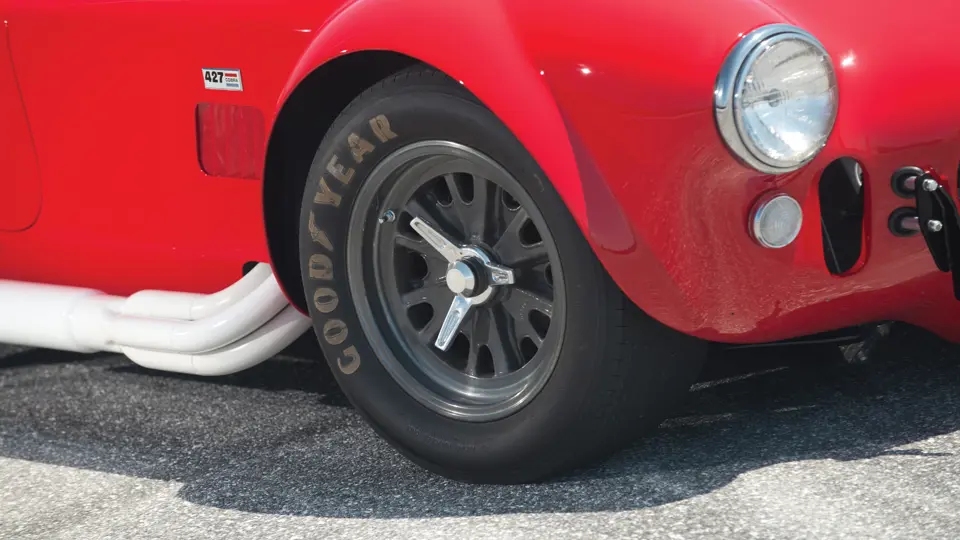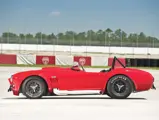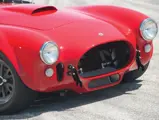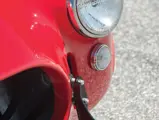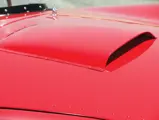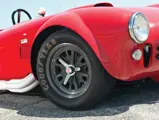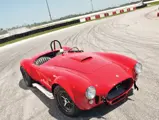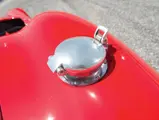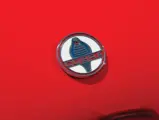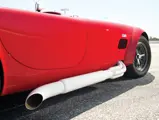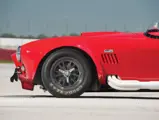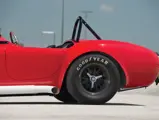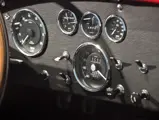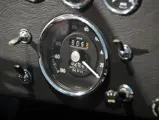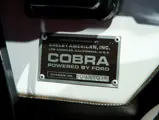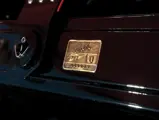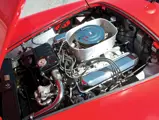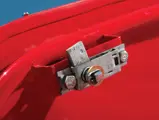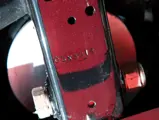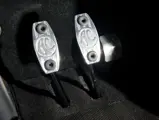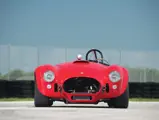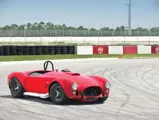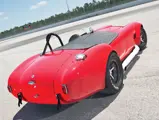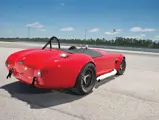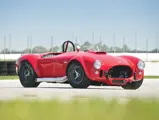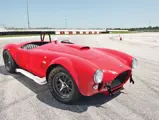Est. 600 bhp, 427 cu in overhead valve V-8 engine with four-speed manual transmission, four-wheel coil spring independent suspension, rack-and-pinion steering, and four-wheel disc brakes. Wheelbase: 90"
Titled as 1966.
• Very rare, full competition Cobra; ex-Dick Terrell
• SCCA Regional Champion in 1968
• Fresh, concours-quality, professional restoration
• Camera car from the film Grand Prix
Although the 289 Cobra was well proven in competition, by the mid-sixties, it was becoming clear that something more was needed. Every year, more power was needed to stay competitive, and Ford’s 289 had reached its reliability limit at around 380 or 390 hp.
In many respects, the father of the 427 Cobra was racing driver Ken Miles, who had driven many “specials”—one off cars, usually with a big engine. Miles thought the idea of a racing special with an even bigger engine might work with the Cobra. If there was any doubt about the need, it was eliminated when the Shelby team went to Nassau for Speed Week in 1963, where they were confronted with Chevrolet’s new Corvette Grand Sports, which were more than nine seconds a lap faster than the Cobras!
Although Shelby had been promised a new aluminum block version of Ford’s 390 engine, internal resistance developed from the NASCAR faction inside Ford, and Shelby was forced to make do with the cast iron 427. Although reliable at 500 hp, the engine was so much heavier that a complete redesign of the chassis was required to ensure that the car would handle properly. The result was a new chassis, five-inches wider, with coil springs all around. With the help of Ford’s engineering department, the necessary work was done, and the 427 Cobra was born.
Competition 427
As with all his cars, Shelby intended to see that they were winners on the track. In order to qualify as a production car under FIA rules for the GT class, manufacturers were required to produce a minimum of 100 examples. With Shelby’s strong relationship with privateer racers, he was confident he could sell that many, and as a result, a competition spec version of the new 427 was developed.
The competition Cobras feature a number of differences that separate them from the standard street machine. They include a wider body to accommodate the wider Halibrand wheels and Goodyear racing tires over the larger rear rotors with heavy-duty front and rear calipers, bronze suspension bushings, an external fuel filler, Stewart-Warner “Booster” fuel pump, a special 42-gallon fuel tank, as well as the front and rear jacking points and roll bar. Additionally, beneath the scooped hood, they had magnesium intake manifolds, aluminum cylinder heads (though this car was reverted back to cast iron heads during restoration), an oil cooler, rear differential cooler, and the intimidating, unbaffled side exhaust.
Anticipating FIA approval, Shelby placed an order with AC for 100 of these competition 427 Cobras. Each was finished in primer, with a black interior, and air shipped to Shelby’s facilities upon completion. Unfortunately, on April 29, 1965, when the FIA inspectors arrived, they found just 51 cars completed and denied Shelby the homologation he needed. Oddly enough, the same fate befell Ferrari, and his 250 LM, which was intended to replace the GTO, was also denied approval. As a result, both archrivals were forced to return to last year’s cars for the upcoming season.
Once Shelby knew the FIA was not going to allow the new 427 Cobra to compete in the GT class, he cancelled his order for the remaining competition cars, and AC began production of the street cars immediately.
Meanwhile, in June 1965, the FIA decided to juggle its classification system and a new class called “Competition GT” was created, and the production requirement was lowered to 50, coincidentally, one less than the number of 427 competition cars built at the time of the FIA inspection.
The rule change created another problem for Shelby: it put his Cobra in the same class as Ford’s GT40. Since Shelby was running the program for Ford, there was a clear conflict of interest. To resolve it, Shelby agreed not to campaign his own car, leaving it in the hands of the privateers.
By this time, 53 competition chassis had been completed by AC (chassis number CSX3001 through CSX3053), and of those, 16 had been sold to private teams. The first two were retained as prototypes, and one chassis (CSX3027) was sent to Ford
Engineering.
The remaining 34 chassis were something of a problem for Shelby. Parked outside Shelby’s L.A. warehouse, they were proving difficult to sell. Seeing the cars prompted Shelby’s east coast representative, Charles Beidler, to suggest that they be painted and completed as street cars and marketed as the fastest street car ever built. The idea worked, and the 427 S/C (for semi-competition) was born.
While the cars were being converted for street use, three more orders were received for full competition cars, for a total of just 19 “production,” full-competition cars.
The cars were brutally fast and driving one was an exhilarating experience. One of the most memorable stories about the 427 Cobra surrounds a test that was arranged for Sports Car Graphic magazine by Ken Miles. A few years earlier, Aston Martin had bragged that their racing cars were capable of accelerating from 0 to 100 mph and back to 0 in less than 30 seconds. Miles had the idea to re-stage the test using the new 427 Cobra. The result, according to SCG editor Jerry Titus, was an astounding 13.2 seconds!
CSX3014
According to the Shelby American World Registry, the stunning 427 Competition Cobra offered here was invoiced to Shelby American on January 20, 1965.
Although originally ordered by Neil Eric Allen, he never took delivery. Instead, the car (completed on September 8th) was sold to Ford Advanced Vehicles in England. It, along with CSX3015 and a pair of GT-350 R models, was shipped to England for promotional purposes.
CSX3014 was painted white and rented to MGM British Studios during the early part of 1966. In fact, MGM was invoiced for “depreciation for Cobra 427 no. 3014, used in your movie Grand Prix.” Grand Prix, starring James Garner and directed by John Frankenheimer, is, of course, considered one of the finest and most historically accurate racing movies of its era. Historians believe that CSX3014 was used as a camera car for the movie and reportedly also appeared in several scenes.
After filming finished, the car was repainted by AC and shown at the London Motor Show, where it was exhibited with white side exhaust and Halibrand wheels.
Following the show, 3014 was returned to Shelby American and delivered to S&C Motors in San Francisco, who sold it to Robert Cooper, of Palo Alto, California. Cooper later recalled that the car was sold to him at a discount because he was told it had been used as a camera car in Grand Prix, further confirming its provenance. In fact, he recalled several mounting tabs on the roll bar, presumably for camera attachment.
Cooper raced the car, with Dick Terrell driving. When he bought the car, it was white with a blue stripe, although he repainted the car black with a white stripe. Terrell drove the car throughout the 1968 season, winning the SCCA regional championship that year, securing victories from Laguna Seca to Willow Springs and making quite the splash on the West Coast. Terrell and Bob Brown bought the car from Cooper and raced it throughout the 1969 season, with wins at Sears Point and Laguna Seca, among other successful finishes.
An advertisement for the sale of the car by Cooper in 1968 reads as follows:
Full Competition Cobra. Dick Terrell’s San Francisco Region black No. 2 Cobra. Never defeated in Northern California including May and October Laguna Seca. One DNF while leading August race, blown engine. Engine new for October Laguna. Consistently first overall even when running with A/SR. No braking problems with this car, legal modifications make this the only 427 Cobra that doesn’t run out of brakes. Price $5000 to $6000.
Terrell and Brown recall selling the car to a medical student; the car was paid for by his mother. They warned him against driving the car home because of the open exhaust, but he set out anyway, only to be turned back at the Arizona border.
The next owner of record, in the mid-1970s, was Corona Del Mar, California resident Sam Johnson. He kept the car until the late-1970s, when he sold it, now restored, to Nick Braemer, of Torrance, California. Braemer rebuilt the engine and sold it to Randy Minch in 1980, who undertook a more comprehensive restoration: changing the color to red.
The previous owner, Larry Bowman, purchased the Cobra in 1999, and his staff conducted a thorough mechanical restoration in order to prepare the car for track use. Following completion, he participated in the 2003 Monterey Historics and also at the 2003 Coronado Festival of Speed. CSX3014 was then sold to its current owner in 2004.
Since its acquisition by another collector of considerable renown, the car has been treated to a full, show quality restoration and is absolutely stunning in presentation. Using all original components, the restoration was carried out to the strictest professional standards and RM Auctions can attest to the car’s superb driving dynamics. On a recent test drive, the car performed terrifically, pulling through the gears ferociously and clearly having been well-sorted. It is, without question, one of the finest full competition 427 Cobras extant.
CSX3014 is rare not only in production numbers but also as one of the few cars with racing history that has never suffered a serious incident, and one of just a handful ready, willing, and able to return to the track and win again for a new owner.
Very, very few cars like this remain today, and the best ones, like CSX3014, seldom change hands.
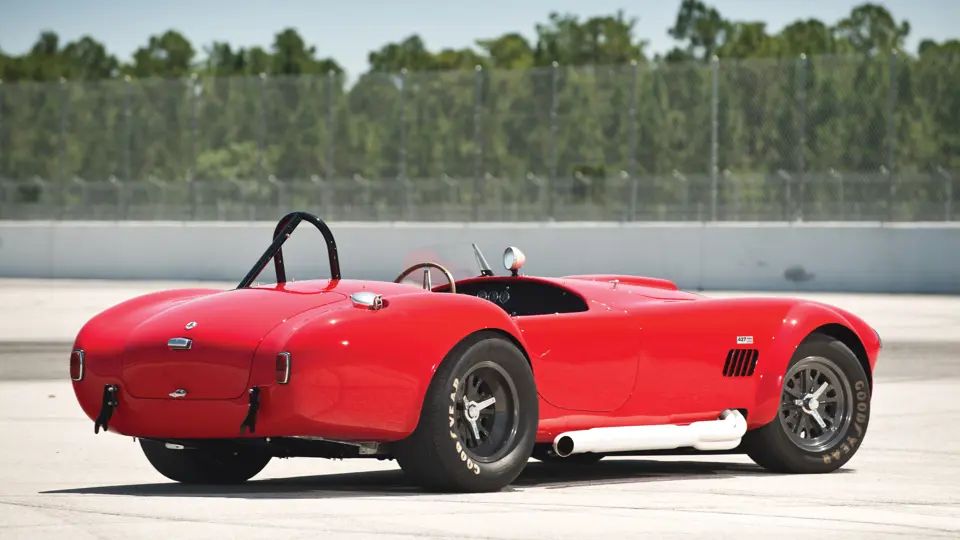



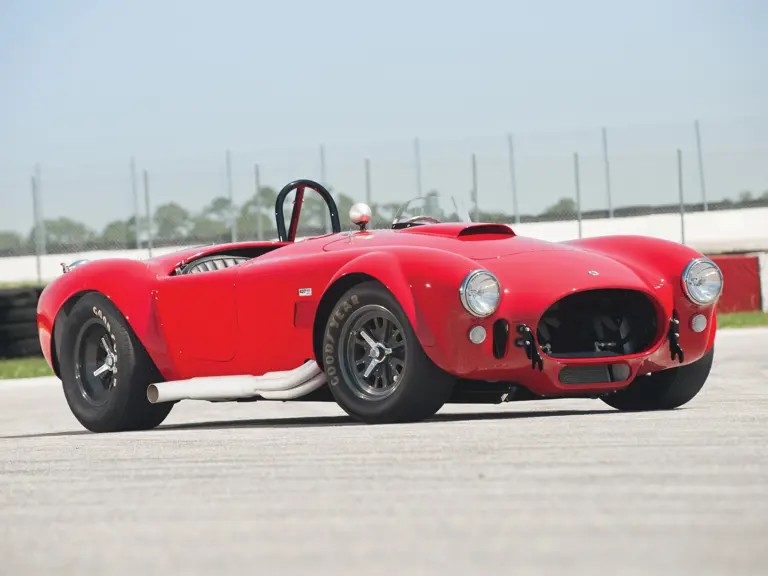
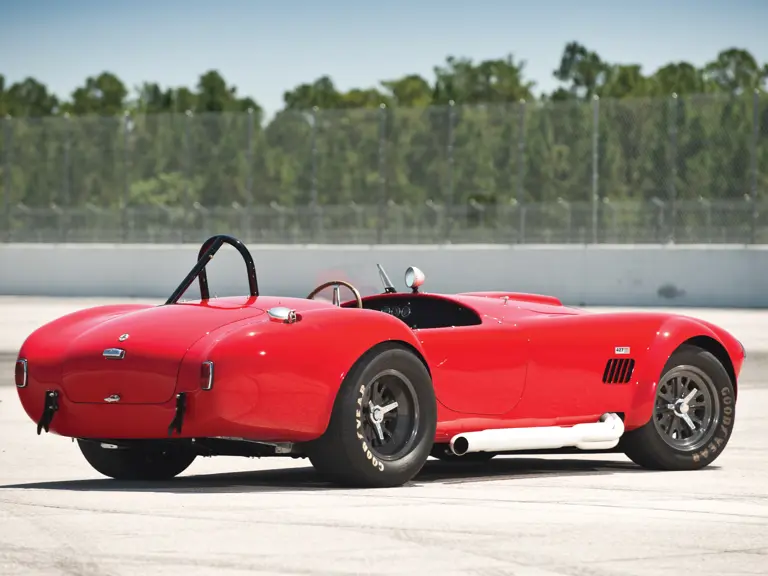


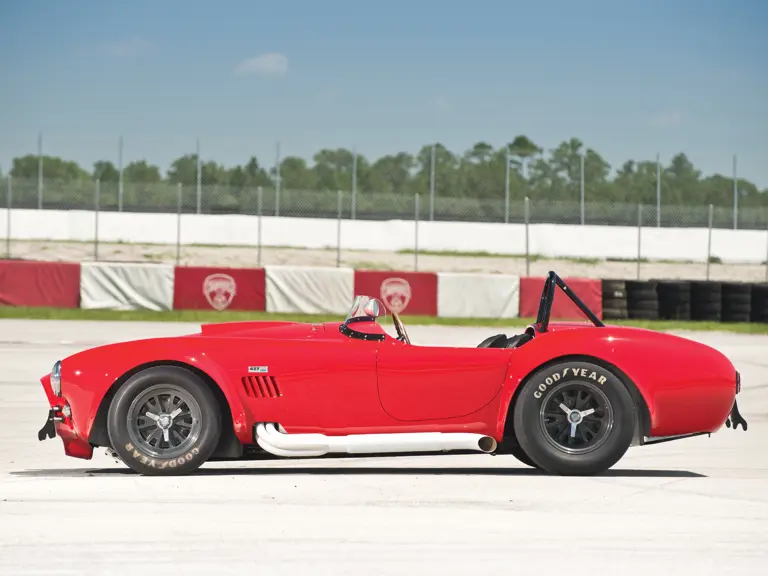

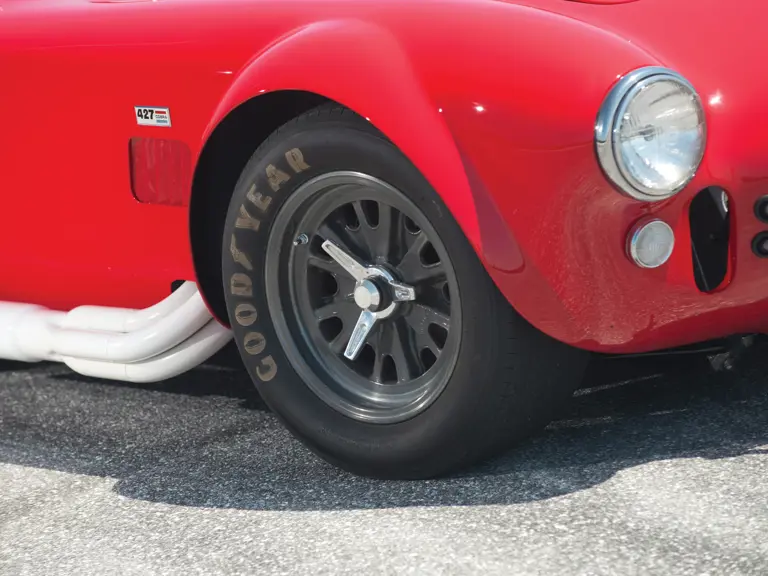

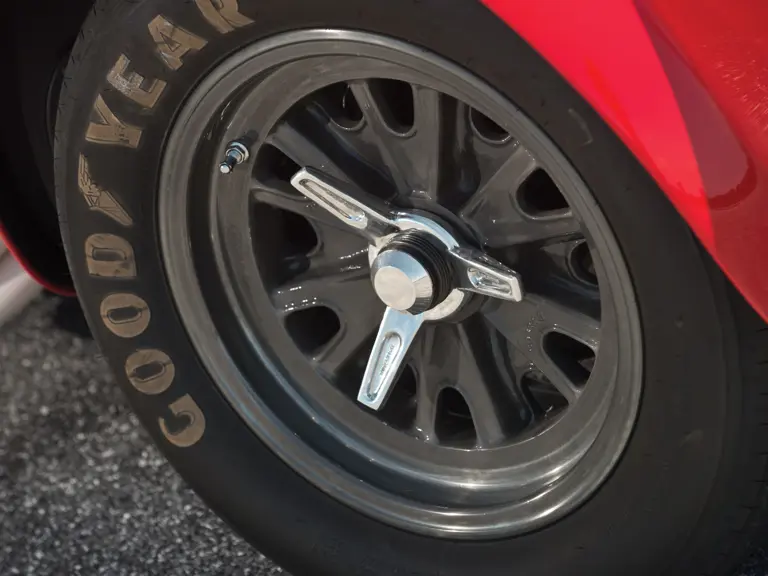
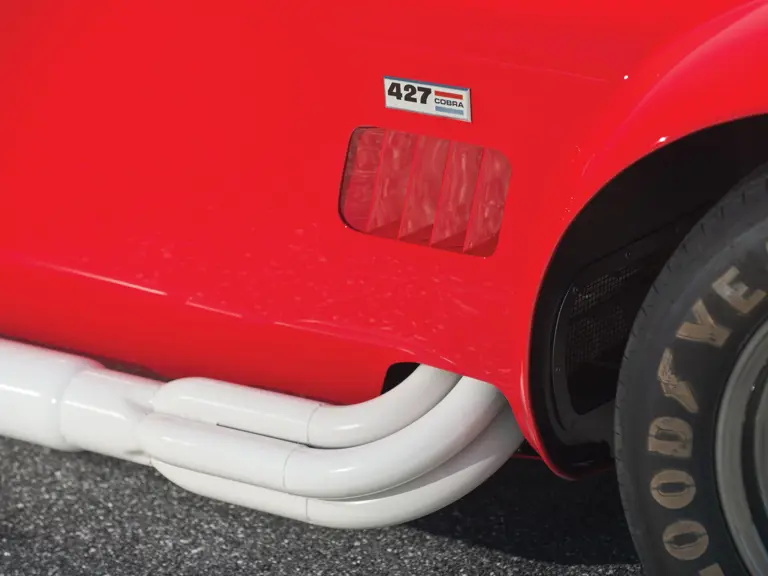
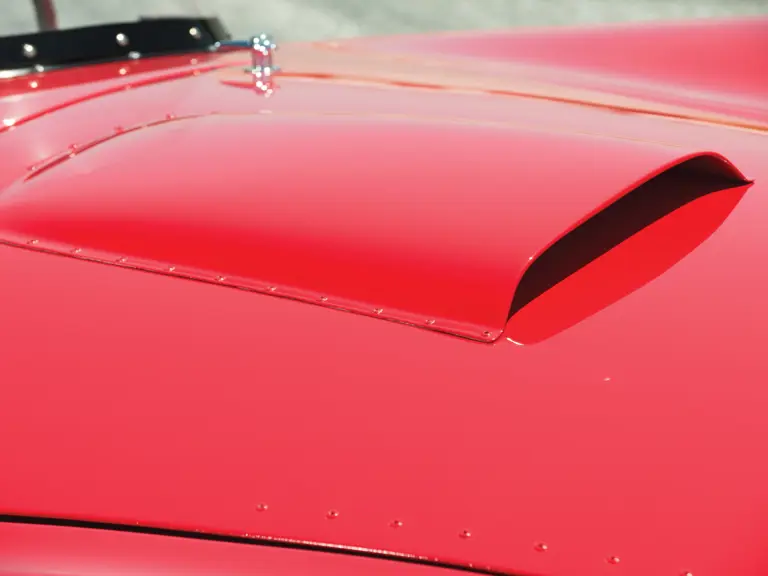
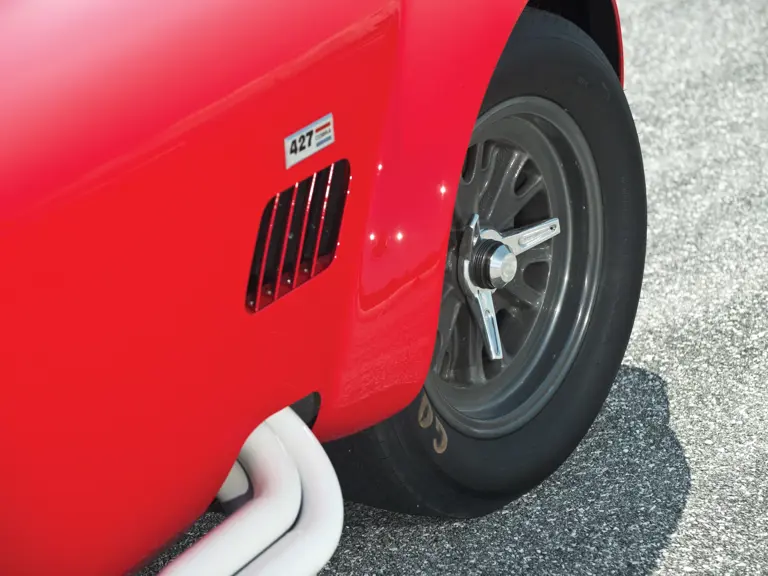
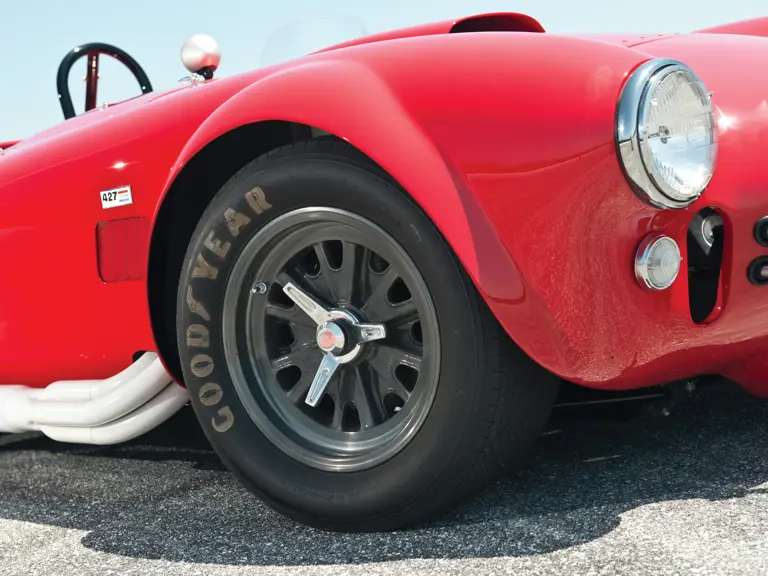
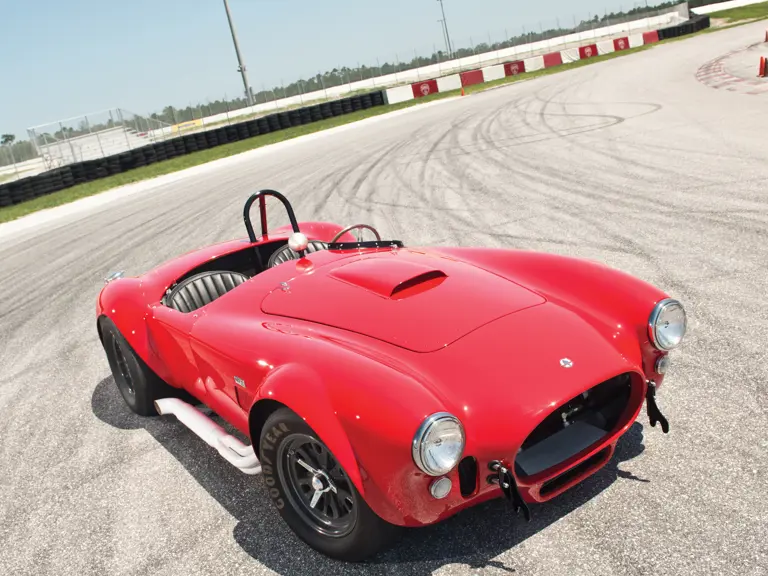
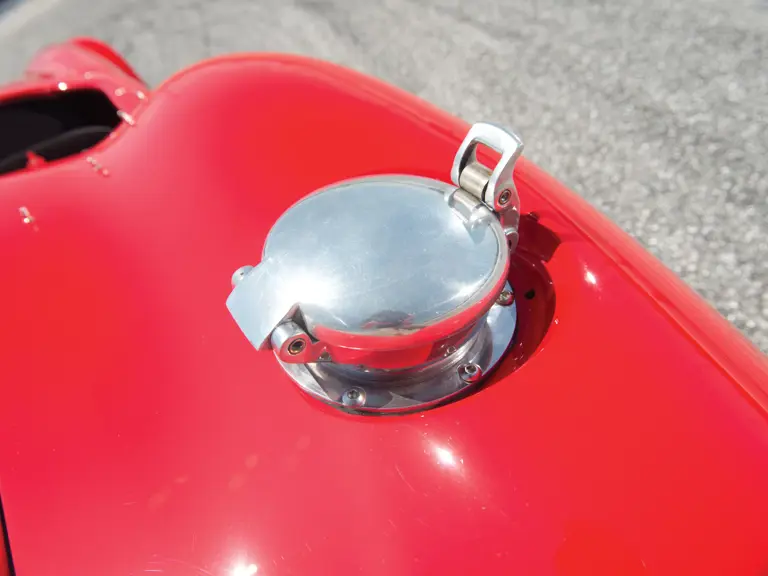

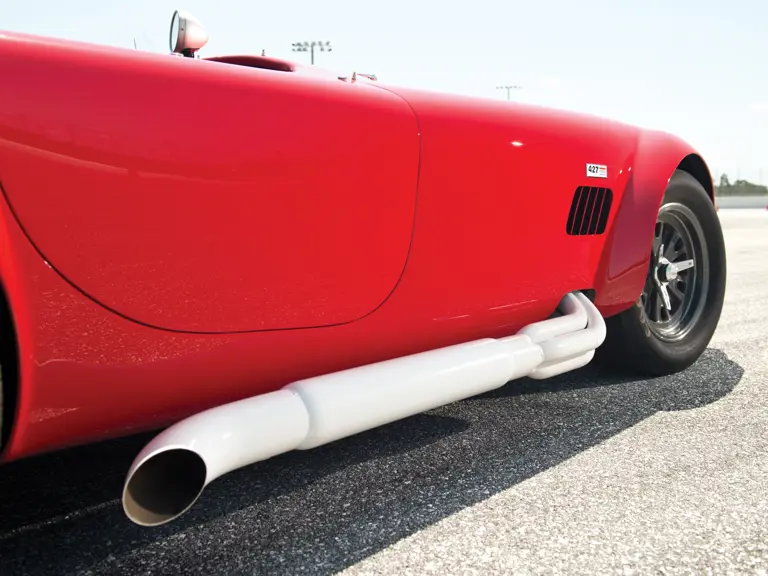
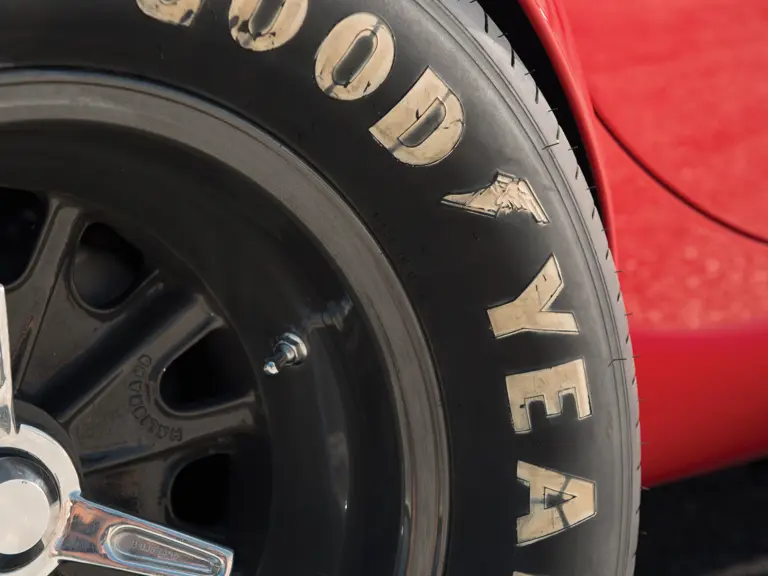

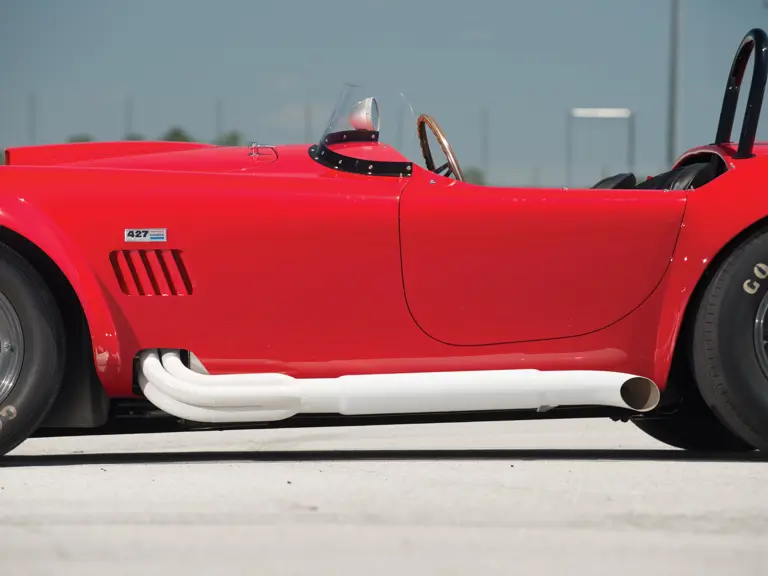
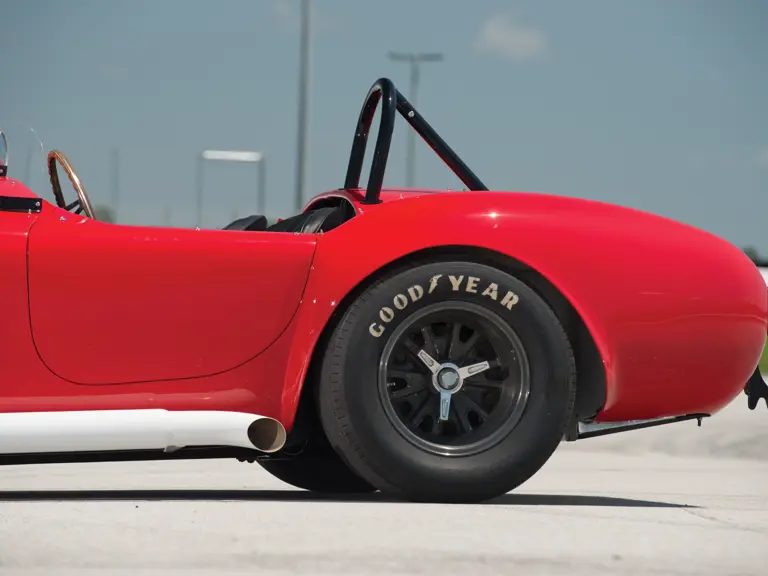


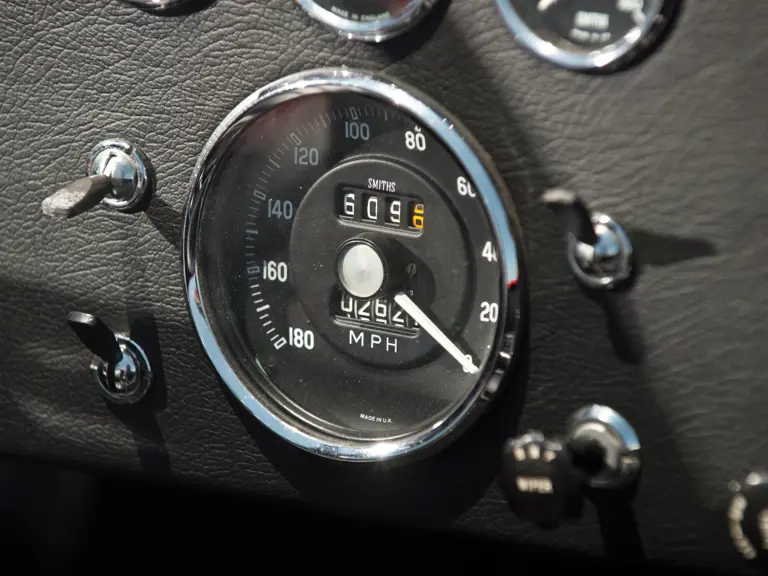


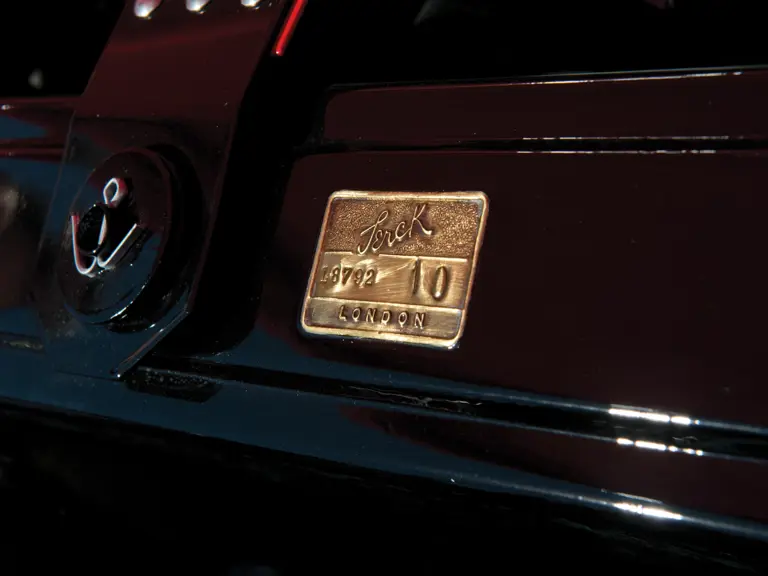
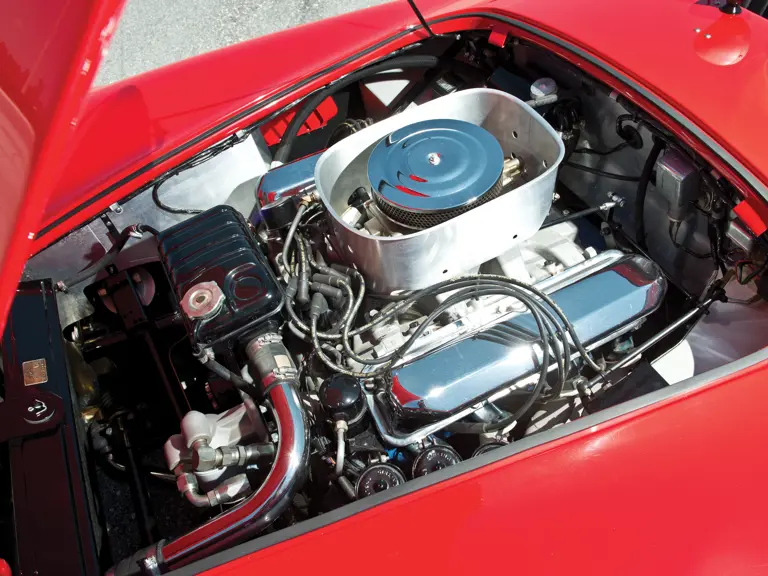

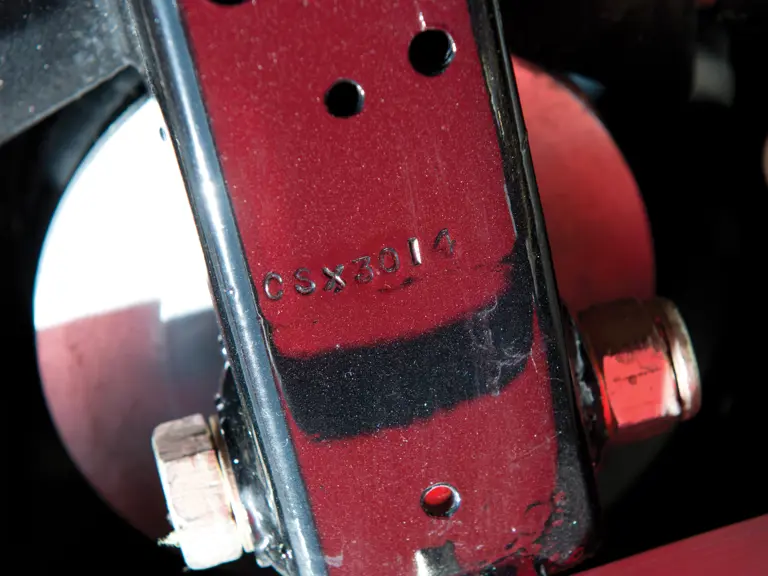

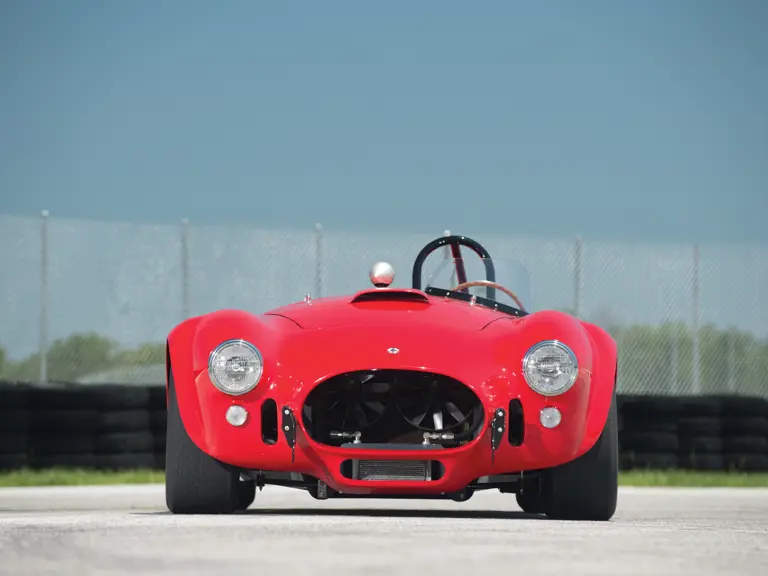

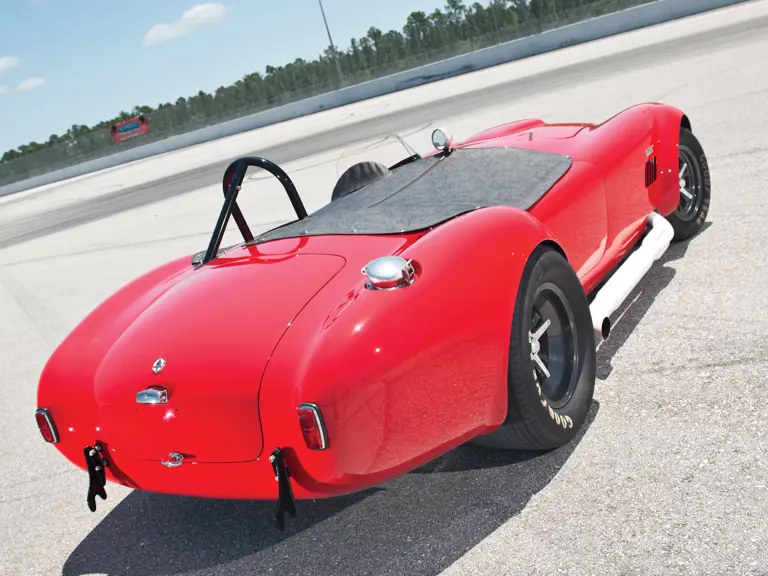
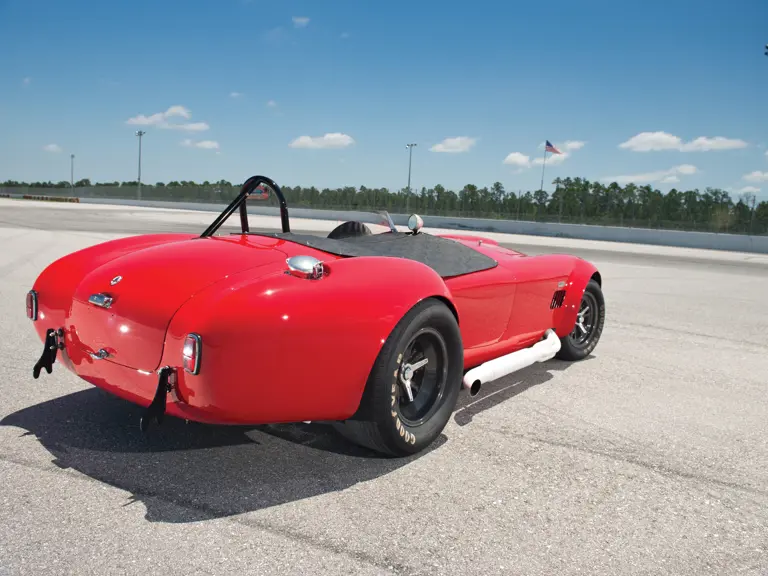

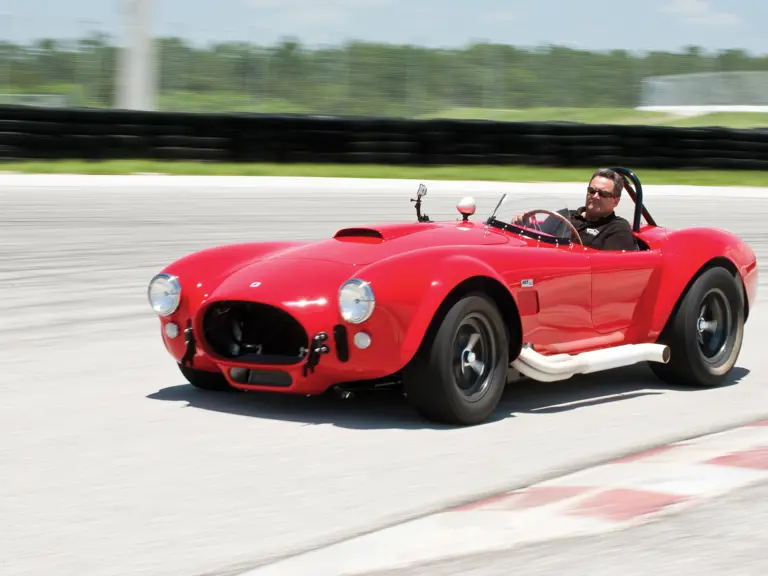
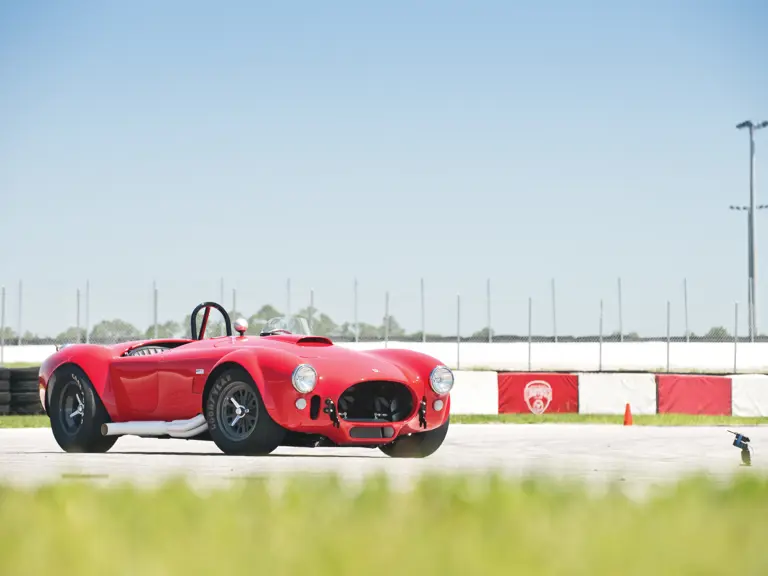
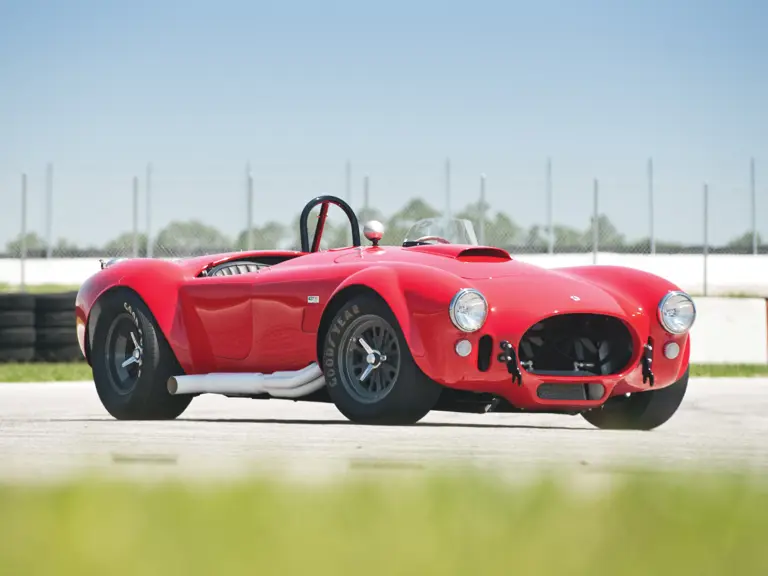

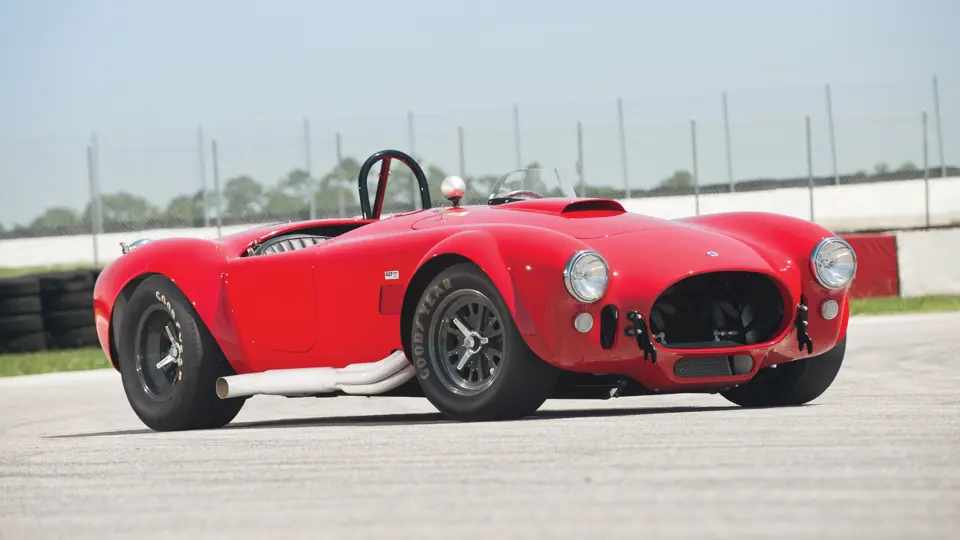
 | Monterey, California
| Monterey, California

